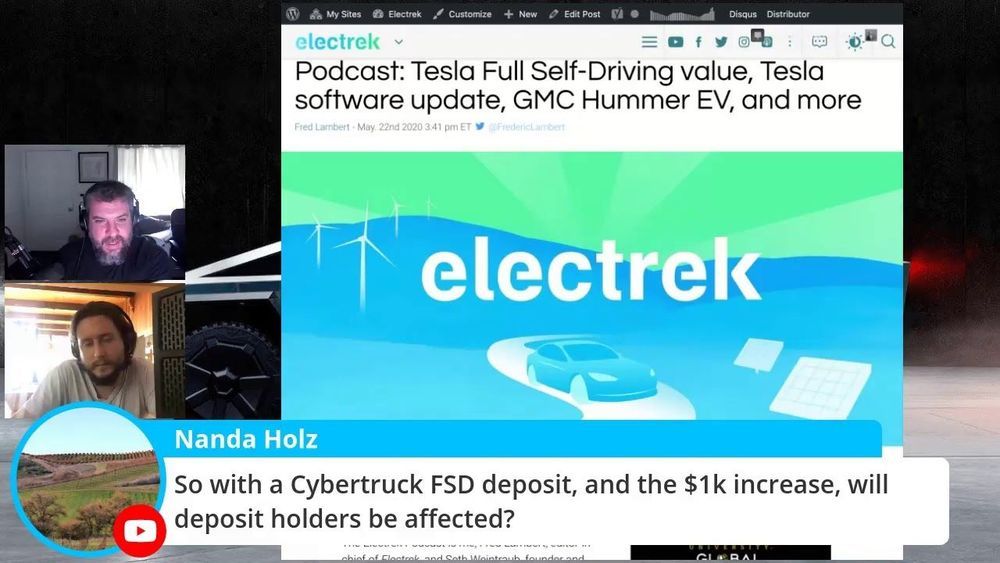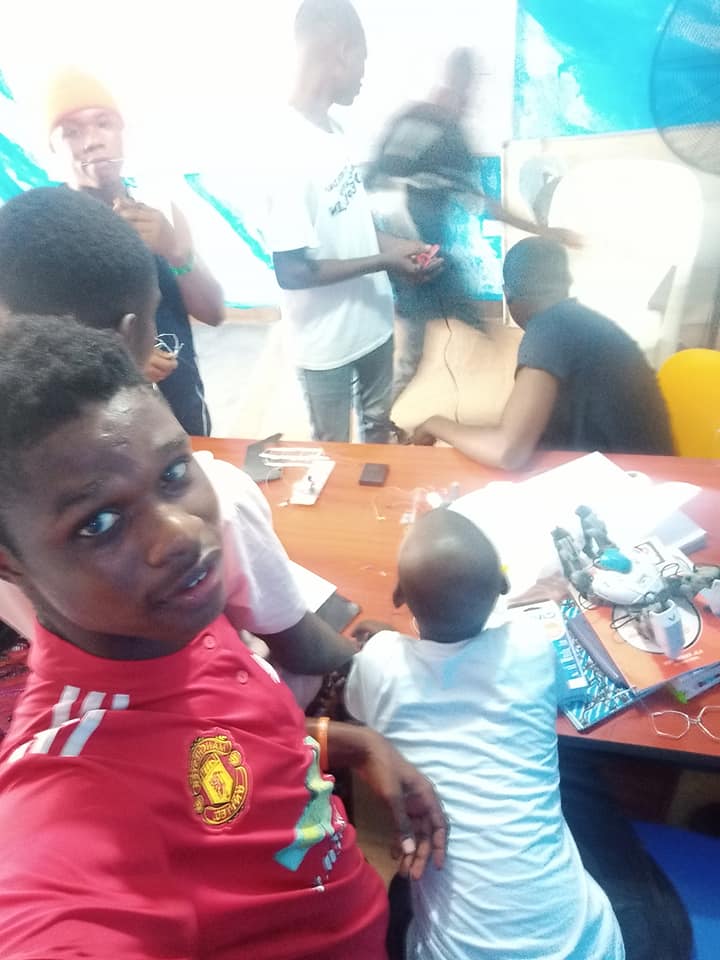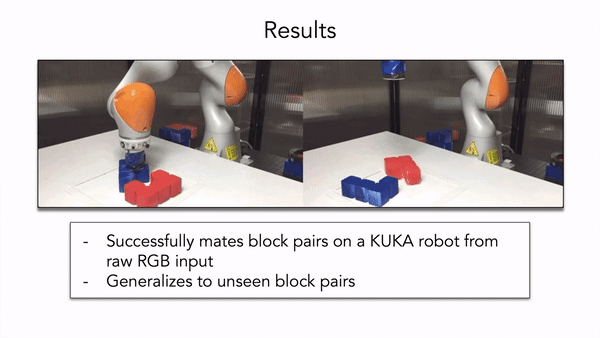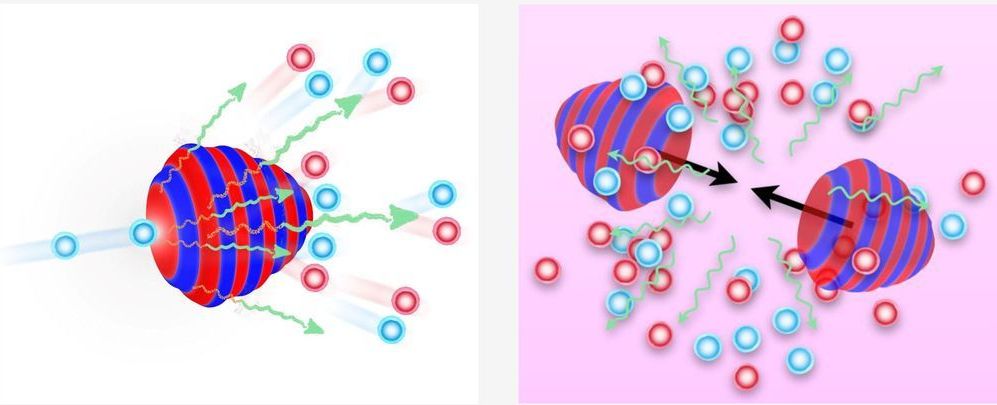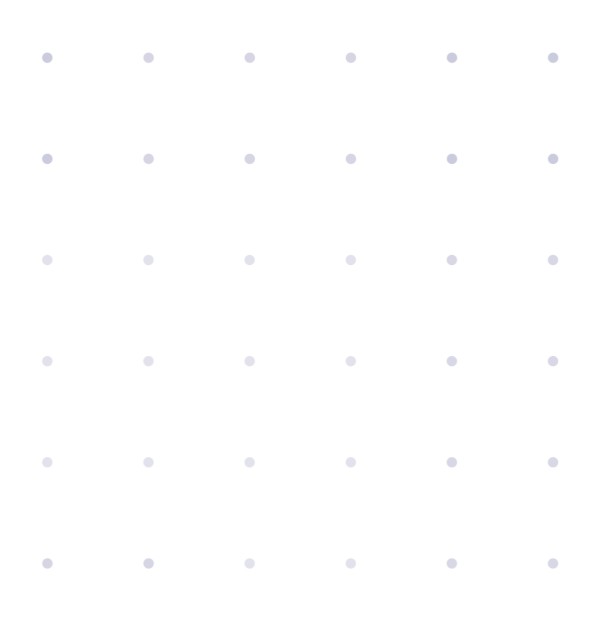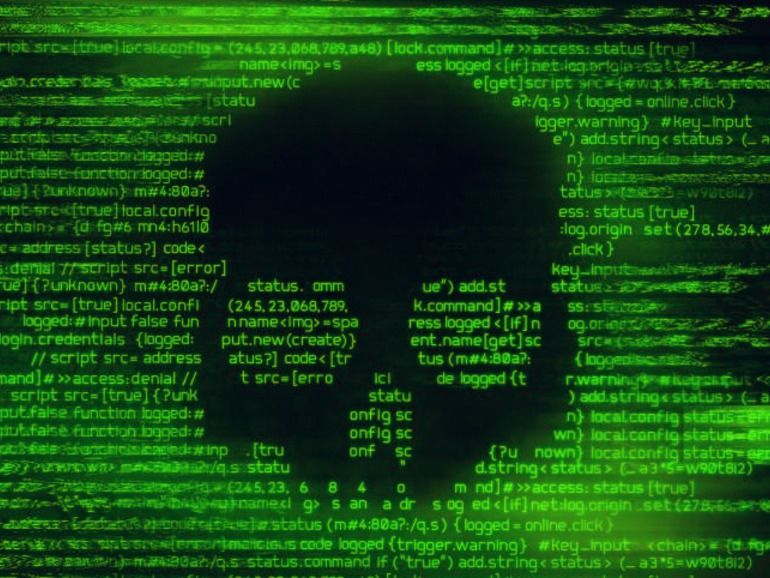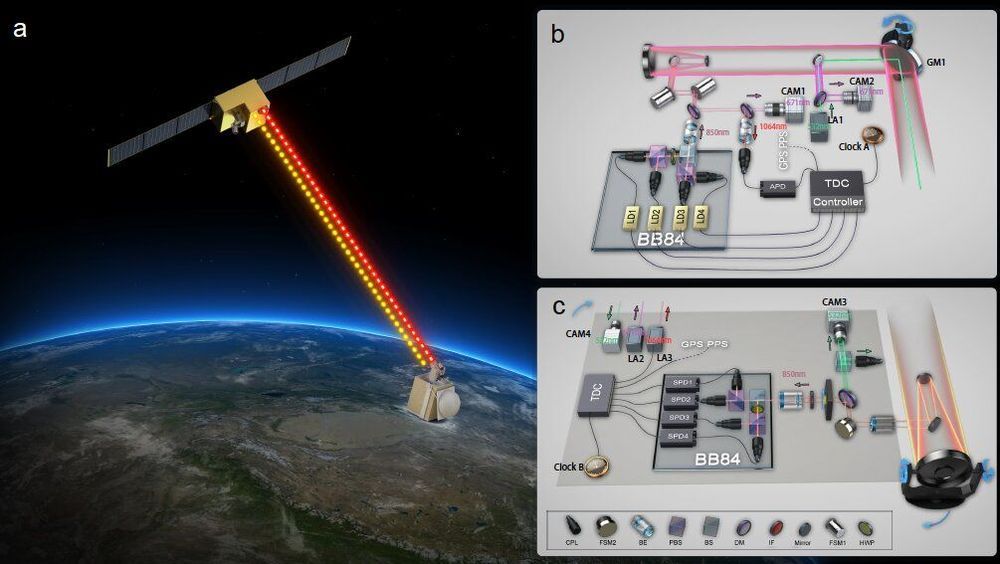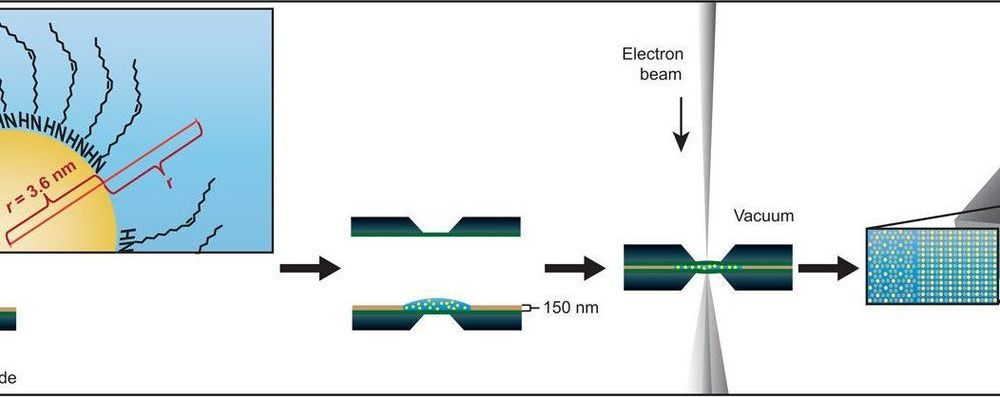
Nanoparticle superlattice films that form at the solid-liquid interface are important for mesoscale materials but are challenging to analyze on the onset of formation at a solid-liquid interface. In a new report on Science Advances, E. Cepeda-Perez and a research team in materials, physics and chemistry in Germany studied the early stages of nanoparticle assembly at solid-liquid interfaces using liquid-phase electron microscopy. They observed oleylamine-stabilized gold nanoparticles to spontaneously form thin layers on a silicon nitride membrane window of the liquid enclosure. In the first monolayer, the assembly maintained dense packings of hexagonal symmetry independent of the nonpolar solvent type. The second layer displayed geometries ranging from dense packing in a hexagonal honeycomb structure to quasi-crystalline particle arrangements—based on the dielectric constant of the liquid. The complex structures made of weaker interactions remained preserved, while the surface remained immersed in liquid. By fine-tuning the properties of materials involved in nanoparticle superlattice formation, Cepeda-Perez et al. controlled the three-dimensional (3D) geometry of a superlattice, including quasi-crystals (a new state of matter).
Nanoparticles that are densely packed into two or three dimensions can form regular arrays of nanoparticle superlattices. For example, semiconductor particle superlattices can act as “meta” semiconductors when doped with particles to form new mesoscale materials, while plasmonic particles in dense superlattices can couple to form collective modes with angle-dependent and tunable wavelength responses. Large electric fields can occur between such particles for surface-enhanced Raman spectroscopy. Superlattices can be developed at liquid-liquid, gas-liquid and solid-liquid interfaces, where static and dynamic interactions between particle-substrate, particle-particle and particle-liquid interactions can dictate the structure of superlattices. However, it remains difficult to predict such structures in advance. For example, simulating the assembly of superlattices at multiple stages is not yet possible, with very little in-lab real-space data available for modeling.
